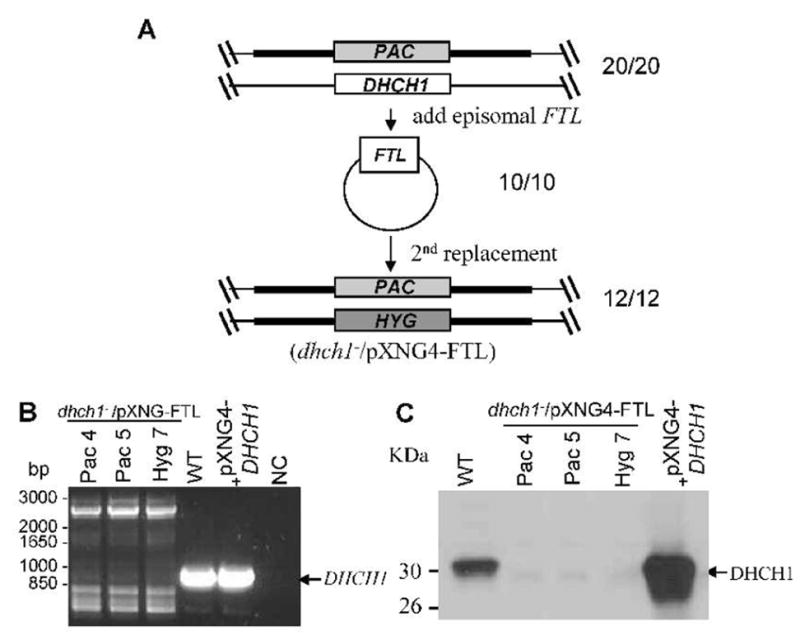FIG. 4. Deletion of chromosomal DHCH1 in the presence of ectopic FTL overexpression.

A. Scheme for the deletion of chromosomal DHCH1 in the presence of ectopically expressed FTL. A pXNG4-FTLepisomal expression construct was transfected into a DHCH1/PAC (DHCH1/Δdhch1::PAC) heterozygote described in Fig. 2A; 10/10 transfectants analyzed had the predicted genotype depicted. These DHCH1/PAC/+FTL lines (DHCH1/Δdhch1::PAC [pXNG4-FTL]) were then transfected with the HYG DHCH1 targeting fragment as described in the legend to Fig. 3A; of the 12 clonal lines tested, all showed the planned replacement of the chromosomal DHCH1 locus and were thus dhch1−/+FTL (Δdhch1::HYG DHCH1/Δdhch1::PAC [pXNG4-FTL]).
B – PCR tests showing loss of the chromosomal DHCH1. This was performed as described in the legend to Fig. 3B. NC, negative control lacking DNA; WT, WT DNA; pXNG-DHCH1, WT transfected with pXNG-DHCH1. Pac4, Pac5, and Hyg7 are three different lines showing an absence of the predicted chromosomal DHCH1 PCR product (shown by arrow). C. Western blot showing loss of DHCH1 expression in dhch1−/+FTL transfectants. The lines are as described in part B, extracts from which were probed with polyclonal rabbit antisera against DHCH1 (1:3,000) (Vickers et al., 2008).
